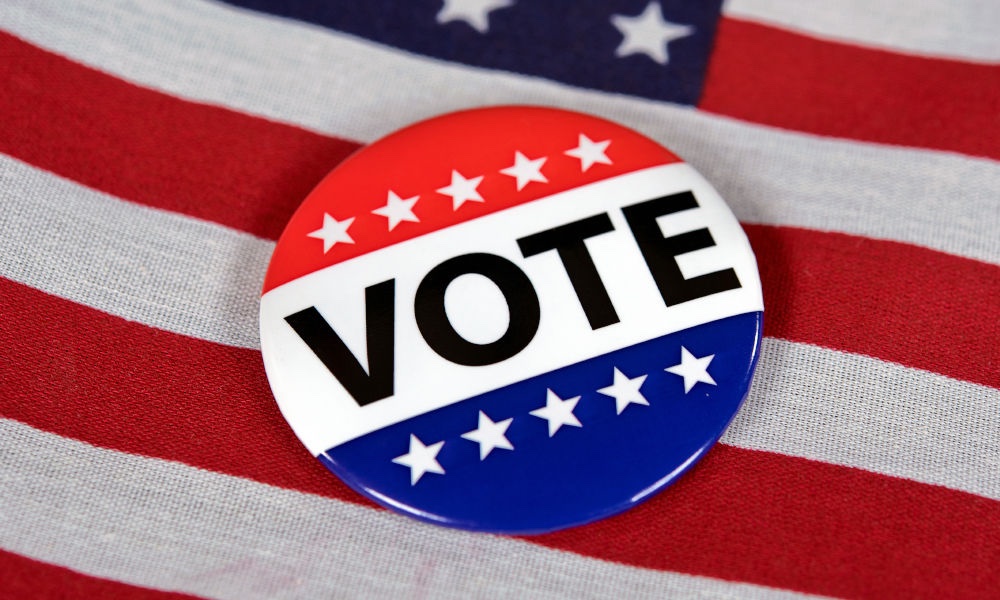Signed into law in 2010, The Affordable Care Act (Obamacare) begins rolling into high gear this month with the debut of the new health insurance exchanges, statewide online marketplaces where the uninsured can obtain health coverage. Along with the expansion of Medicaid, these are the carrots being offered by the ACA to the nation's 48 million uninsured. At the same time, the ACA also threatens people who remain uninsured with fines that will increase every year.
The fines are not designed to penalize people who can't afford health insurance. They are intended for people who can afford health insurance but choose not to buy any.
The debate over the act has left many people confused about the plan, but the basics of the act are relatively simple. There are incentives for signing up, and penalties for failing to do so. What follows is a simple guide for the uninsured about what the penalty for remaining uninsured will be, how to find out if you qualify for Medicaid and how much the health insurance policies offered by the new exchanges will cost.
It may seem odd, to say the least, that people without health insurance are now breaking the law. These fines are not designed to penalize people who can't afford health insurance. They are intended for people who can afford health insurance but choose not to buy any. There are financial exemptions for people whose income is too low to require filing a federal tax return and for others with higher income whose fees for insurance would be 8% or more of their taxable income. There are also exemptions for people with religious objections.
A single gap of up to three months without coverage during the year is allowed by the law and will not incur a penalty.
Unfortunately, buying insurance is even more complicated than buying personal electronics.
There's a catch, though. The federal government will pay for the Medicaid expansion only in states that opt in for it. So far 19 states and the District of Columbia have done so, while 15 states have opted out. The other states are in various stages in the opt in or opt out process or are considering an alternative model. You can see information on where your state is by clicking on this interactive map.
So far, the states that have opted in are: Arizona, California, Colorado, Connecticut, Delaware, Illinois, Maryland, Massachusetts, Michigan, Minnesota, New Jersey, New Mexico, New York, North Dakota, Oregon, Rhode Island, Vermont, Washington, West Virginia and the District of Columbia.
Those that have opted out are: Alabama, Alaska, Georgia, Idaho, Kansas, Louisiana, Maine, Mississippi, Montana, Nebraska, North Carolina, South Carolina, Texas, Wisconsin and Wyoming.
Beginning in October 2013, people will be able to purchase insurance from online marketplaces in their state called health insurance exchanges. Costs will vary with the state of residence, family size and whether or not people use tobacco.
People can no longer be excluded because of pre-existing conditions.
Unfortunately, buying insurance is even more complicated than buying personal electronics. The basic outlines of the plans' options may be familiar and are similar to the choices one makes for regarding car insurance. Some plans will cost less in monthly premium payments but will have higher deductibles — requiring the policy owner to pay more when they visit a doctor or are in a hospital.
Which type of plan is best for each person or family will vary with individual circumstances, and can be difficult to figure out. The devil is in the details and there's no need for anyone to rush to a decision. People who expect to have a lot of medical expenses should probably not purchase a bronze plan.
Here are examples for an individual earning $20,000 a year and a family of four earning $40,000 a year. Both are making about 170% of the poverty level, a little too much to qualify for Medicaid. None are tobacco users. The premium costs given below are based on the national average, not for one particular state.
The tax credits are advanceable. That is, they will be available to pay the premiums. People will not have to wait for them to be reimbursed in next year's tax refund.
The individual will be eligible for a bronze plan that's expected to pay about 60% of expenses and a silver plan that's expected to pay 87% of medical expenses. The silver is bumped up to 87% because the person is fairly close to the poverty level and the government will pay some additional deductibles.
The silver plan will cost $1,514 per year out of pocket — $2,535 total with the person receiving $1,021 in subsidies (tax credits). The bronze plan will cost $587 per year out of pocket — $2,101 total with the person receiving $1,514 in tax credits.
The family of four is eligible for the same two policies, except they cover four people instead of one. The silver will cost $1.965 per year out of pocket — $8,290 total with $6,395 in tax credits. The bronze plan will cost $546 per year out of pocket — $6,871 total with $6,325 in tax credits.
These tax credits are advanceable. That is, they will be available to pay the premiums. People will not have to wait for them to be reimbursed in next year's tax refund. They are also refundable, payable even if someone owes no tax.
These are just two examples of what policies are expected to cost on the new exchanges. As more people actually buy these policies, their cost is expected to decrease. According to the White House, nearly six in 10 of the currently uninsured will pay less than $100 per month for health insurance, including those who will now be eligible for Medicaid.
Obamacare has already survived one Supreme Court challenge and several congressional challenges. It would be presumptuous to make any definite statements about the future of a law this contentious. Insurance premium prices, state participation in expanded Medicaid and penalty amounts are all as likely to change as not. The information in this article is designed to give people with and without health insurance a good start on seeing what Obamacare expects from them and also what it has to offer, and those who already have health insurance a better understanding of the ins and outs of Obamacare.




